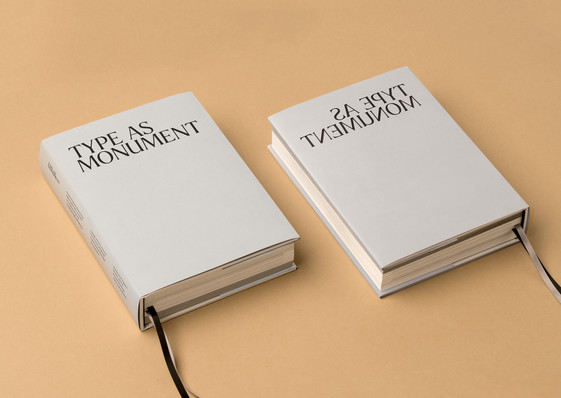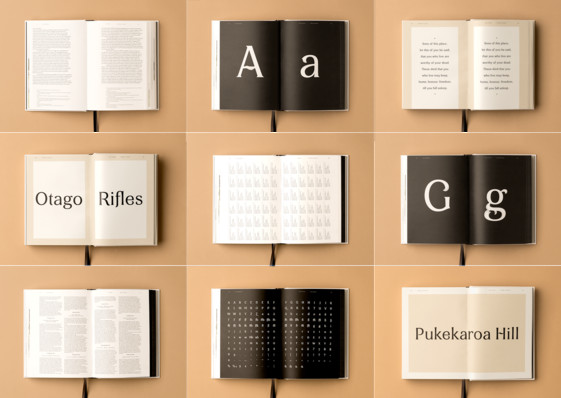In this interview, Alistair McCready shares with us his journey as a designer, his award winning projects, and his thoughts on being a student.
Student Council Interview
Interview with Alistair McCready DINZ
Introduction

Do you mind telling us a little about what you’re currently doing?
I've been living and working in London since February last year. It's been an interesting time. I'm based at a design studio over here where I've been nearly since day one. I've had a hand in some fantastic projects so I'm grateful for that. One of these days I’ll be allowed to talk about them too haha.
What was your first creative memory?
Probably the standard line up if I'm honest. I remember I used to have this weird obsession with scribbling out floor plans as a kid, and I used to make up my own alphabets and things — usually on the fogged up windows of the car which drove my parents a bit mad. I also made a lot of things in the workshop. It was always a hands on gig for me.
Do you mind telling us about the project(s) you won a Gold Pin for?
Ok so the first two came while I was still studying. I produced a series of publications collectively titled Monolith. Essentially they were based around vernacular NZ typography, and involved a bit of everything (type design, writing, photography, etc). During this time I also drew a typeface named Obelisk for an artist friend of mine, Elliot Collins. These were both separate projects, but each inquiry informed the other, in a way.
Then, last year I was fortunate enough to do well with the judges again and collected another two. I wrote and designed a book called Type As Monument, which focused pretty heavily on how a typeface might be designed as a memorial to something. I travelled up and down the country and redrew a heap of different typefaces based on the monuments I was interacting with. I basically just found a way of bringing together a passion for NZ heritage and typeface design. Then, alongside the book I drew an original typeface called Kahu, which was a response too all of the research I was doing. It was a pretty productive year now that I look back on it.

A lot of your work involves designing typefaces, why is that?
It’s just become the way I respond. By that I mean, when I go through a gallery or a museum and that little spark moment happens, usually my response is something involving letters. I like that you can't fake it, it's black and white. When I first started I could draw well but that was about it, and so I've had to learn a lot. I've invested a lot of time over the last few years understanding the craft more.
What was the most important thing you learnt at university?
I think when I finally realised that university isn't so much about being taught as it is about learning how to learn, things personally started to change. I was a pretty outspoken student, which I'm sure left a lot of the staff a bit weary. Everyone has their own experience, and for me I think if I could do it all again I’d focus my energies in different ways.
What do you mean by ‘learning how to learn’?
I’m coming to see practicing design as simply becoming more and more comfortable in the unknown. Most solutions end up involving something you previously didn't know how to do, or at least end up looking a lot different to how you first thought they might. This is contrary to the way secondary schools teach design, and I know lecturers have a difficult time trying to undo the grade-focused thinking that comes from that system. Once I could see this, I focussed my energy on being really thorough in the work I was doing. Most of the time I didn't get it right but I was able to adapt instead of always needing tutors to hold my hand.
And how were you ‘outspoken’?
I became pretty involved in conversations that I felt impacted the students—joining boards and committees, and usually without an invitation. I just wanted to make the best of my time there and I knew others did too. I'm sure anyone who's ever been to design school will agree that ironically the communication aspect isn't very strong. A group of us formed our own sort of department-based student union, with the aim of making life better around the place. I’m pretty certain what we built still exists in some form too. It's easy to feel alone in a crowded place, and university is no exception.

If you could go back to when you were starting uni, what advice would you give yourself?
Honestly, it would probably be something along the lines of... "don't take yourself too seriously bro...you know nothing."
How has an apparent failure set you up for later success?
When I was in my third year of design school I had a bit of a fallout with someone I really trusted in the design scene, and I hit the ground pretty hard. I felt like the path I was taking was a big mistake, and I nearly quit. I always wanted to be a pilot so I thought about that again pretty seriously. Instead though I dug deeper into the work I was doing, alone in a small studio space across town with a couple of sandwiches and a thermos. The work that came from this time was very restorative and quite personal. I wouldn't recommend this process to anyone, but it begged some important questions and set me up for the work I’m doing now. I'm not sure if this is what you meant, but there you go.
What caused you to dig deeper rather than throwing in the towel?
Once I took a step back from the situation I realised how much of a waste that would it would have been. Scenarios like that happen to everyone, and once I had a bit of perspective I could see what was really going on. I’d worked really hard up to that point, and had friends and family alongside me who believed in what I was doing. It just wasn’t worth letting one persons misplaced words change that fact that I was making meaningful work.
What is bad advice you hear people giving design students?
That good design is all about the idea. I’ve always wrestled with this one. Of course I think it’s really important, but I find young designers just use it as an excuse not to learn their craft. Great ideas aren’t worth much if you lack the ability to discern good typesetting. Obviously design in its broadest sense is about much more than this, but I’m sure you understand where I’m coming from.